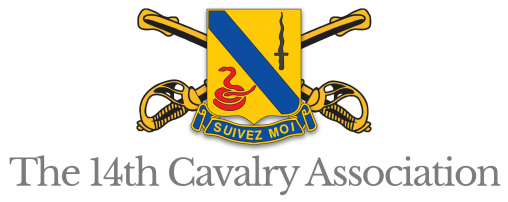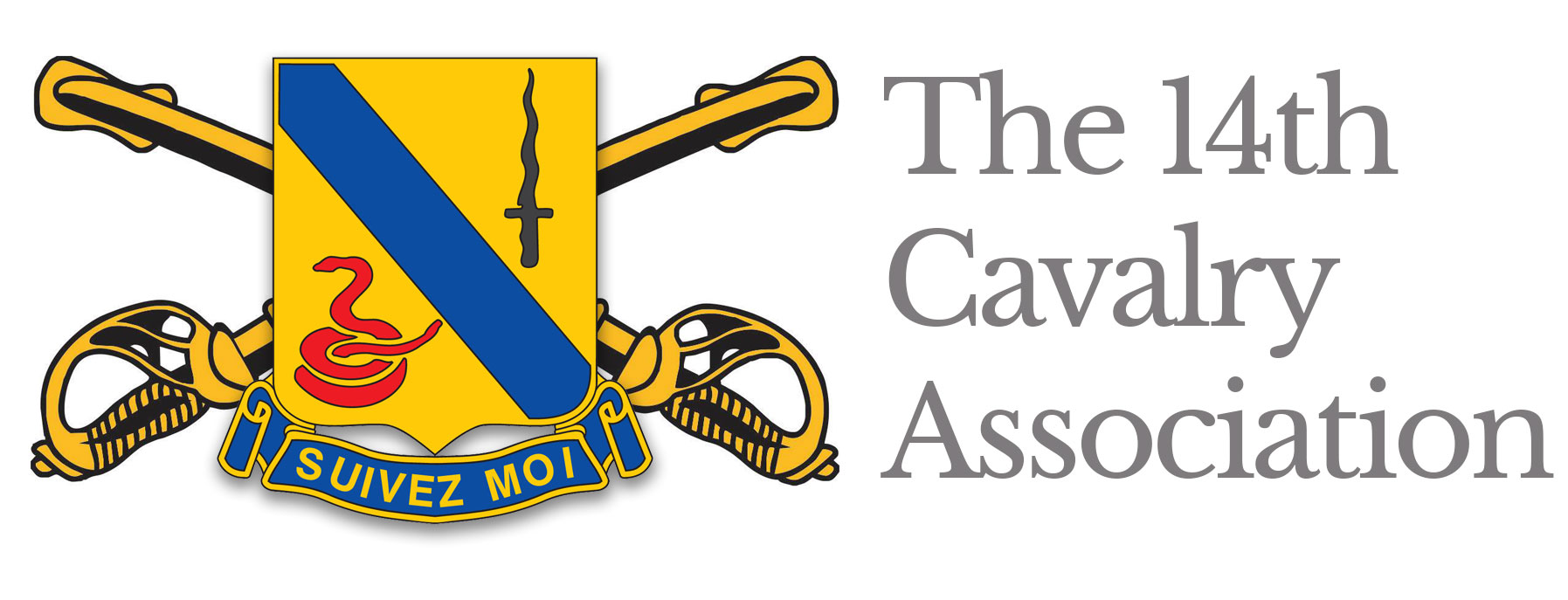Memories of My Military Duties in the 15th Ordnance Company
attached to the 14th Armored Cavalry Regiment, Fulda, Germany
First Trip to Germany
I arrived at Rhein-Main Airport in Frankfurt, Germany in early March 1959, around 8 pm, after what seemed a very long flight from McGuire Air Force Base in New Jersey. Actually, the total flight aboard a Military Air Transport Service C-54 aircraft took about 18 hours! The flight included a stopover in the Azores to repair a magneto on engine number 3 (right inboard engine).
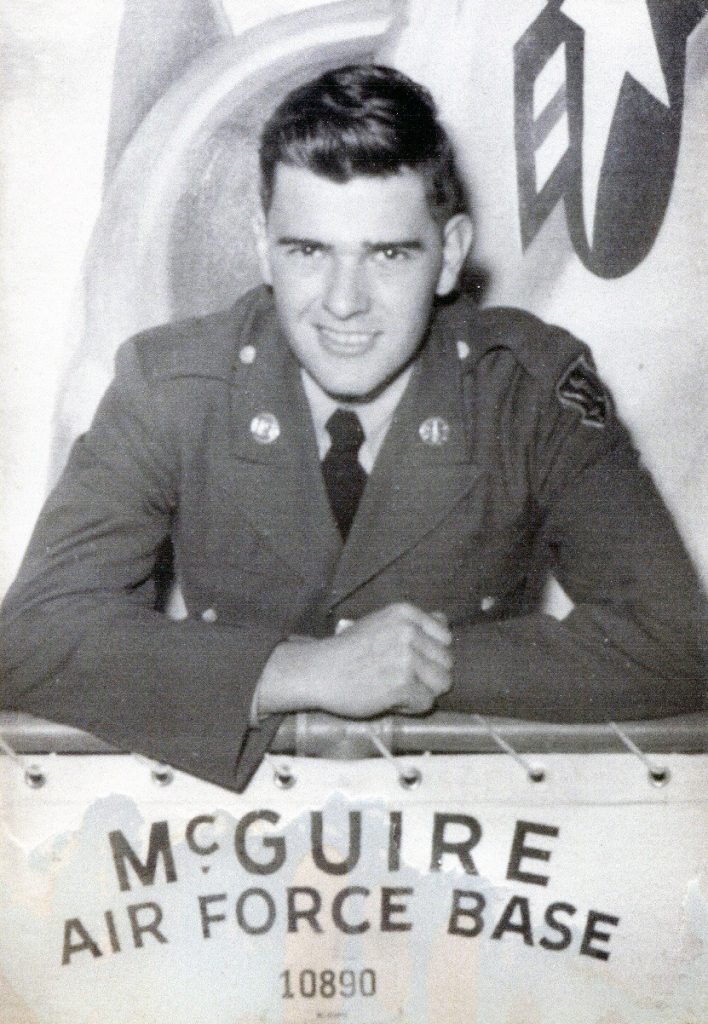
Upon arriving at Rhein-Main Airfield, we left the airport in a small military bus and arrived at a transit billets near the intersection of Miquel Allee and Eschersheimer Landstrasse. We stayed about two days; we got haircuts and had our uniforms cleaned and pressed. We left the temporary barracks in another bus and were taken to the hauptbahnhof to travel to our final destinations. Mine was Fulda. Before getting on the
train, I went to the men’s room and was confronted by something new, a woman dressed in a military-like uniform was moping the floor.
Arrival and First Days in Fulda
The train ride was uneventful. I was picked up at the bahnhof in Fulda by a jeep that had just brought a passenger to the bahnhof. The ride to the Army base–I later found out its name, Downs Barracks–was bumpy and wet. The town was quiet, almost deserted; it was Lent, Fasching (Carnival) was over. I was dropped off at the 15th Ordnance Company Headquarters building (now on Glenn Miller Strasse). I settled in and had a good night’s sleep. The next morning, I was directed to the personnel office of the 14th Armored Cavalry Regiment. This was to be my new duty station. After a week or two, I found the duty uninteresting. All I did was type orders all day. So, I requested and was granted a transfer to 15th Ordnance Company. For the most part, I accompanied the turn in and reception of new items. That gave me an excellent opportunity to see much of Germany: Hanau, Mainz, Frankfurt, Heddernheim, Mannheim, Kaiserslautern and Nellingen (near Stuttgart), usually by Jeep, shown here.
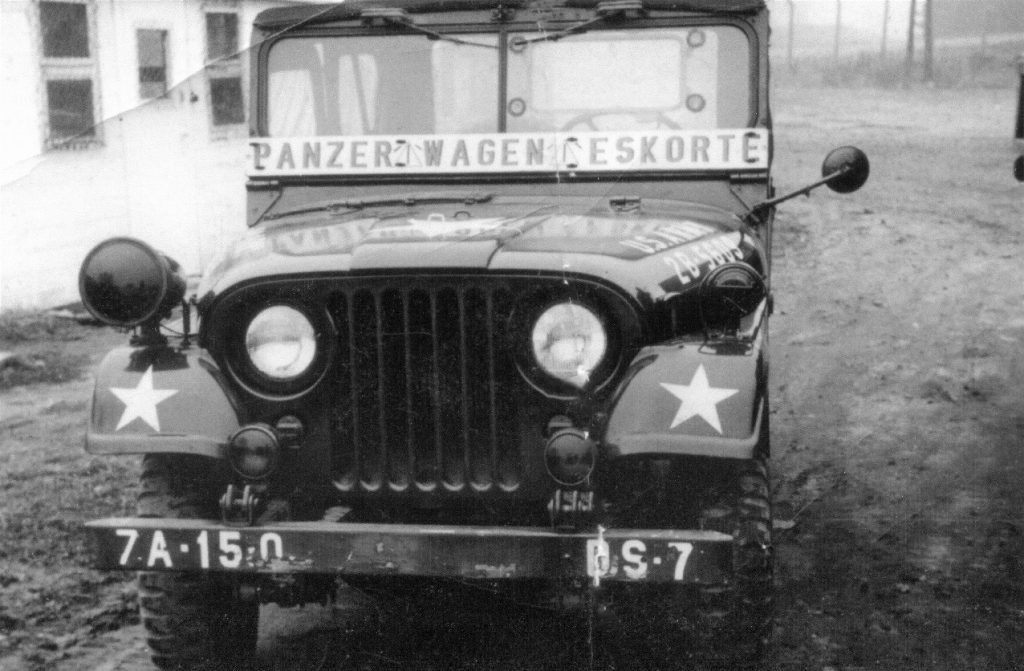
The “other side” of the supply duty involved eight to 10 soldiers receiving requisitions for parts from the Regiment’s companies (later renamed troops). All parts were kept on trucks and trailers. If the parts were available, they would be handed out and the item would be deleted from inventory. If a requested item was not in stock, the person requesting the item would be given a hand filled-out card indicating the item was on order. During inspections, the card was displayed to show proof that the item was on order. This process worked quite well, but was far different than today’s computer systems. Punch cards (loch karten) made it possible to track an item from point to point. New items were ordered through the supply system on a computer-like machine. Inventory was done manually, hence, the number of personnel required to do the posting. As the system developed and demand became greater, a night crew was given the task of posting, thus avoiding interruptions. One increase in demand was the addition of supplying repair parts for the Aviation Company, also attached to the Regiment.
The 15th Ordnance Company also had platoons in Bad Hersfeld and Bad Kissingen (where the other two squadrons of the Regiment were located).
I remember on one occasion a jeep with four soldiers from the Bundeswehr stopped by our shop. They needed fan belts for a VTR (tank retrieving vehicle). Through broken English and German, we came to understand what they wanted. So, we gave them the needed fan belts. After the exchange was made, they “paid” us with a case of beer and a bottle of schnapps. We enjoyed a secret party in the wheel shop at the far end of the parade field. One of the soldiers was from Fulda and we became friends.
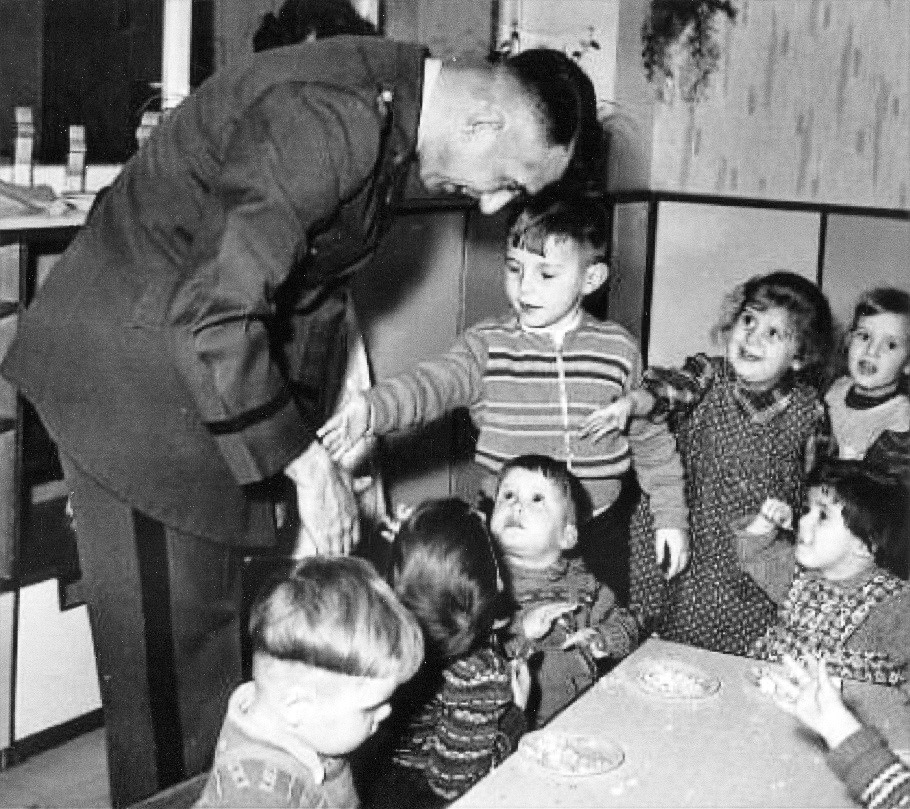
I went along with him to witness the affair. I remember the building being off the road between Maberzell and Horas. The nuns were very grateful for the gifts!
Also, I recall that the Regiment’s attached 58th Armored Engineer Company provided its heavy equipment to make sports fields for German citizens.
Contacts with People: Observations & Impressions
Before I was able to travel outside of the barracks area, I got my first glimpse of Fulda and the Rhoen from the second floor. I was struck by the beauty of the countryside. The scene reminded me of a fairy-tale setting with the little villages with red-roofed buildings. At the time, Ziehers North and South were not developed and Fulda was smaller than it is now (2020). I noticed few automobiles, some of them were funny two seated vehicles. There is one on display in the Vonderau Museum. Many got around by walking, bus, moped and bicycle. Many apartments did not have complete bathing facilities, bathing was done elsewhere.
I was fortunate to have studied German in college and was able to communicate well enough, but I wanted to expand my vocabulary. I found a small gaststette, or tavern, on the Leipziger Strasse corner of Mackenrodt Strasse. I often met with older retired men who had been through World War I to discuss the war that took place in France in 1917-1918. One gentleman had been stationed not far from where my father had been stationed at the front with the U.S. 80th division. Their stories of the bombing raids, the destruction, the lack of food and heat during World War II were horrible.
Also, I was fortunate to be invited to homes for Sunday dinners. The food was lacking in many ways. There was little meat, mostly potatoes and gravy. Vegetables were often not fresh and were older than what we were used to.
The German soldier mentioned earlier, when at home, lived with his parents in the Mackenrodt Strasse. Horst Schwarz was an unteroffizer and was able to get much free time. We developed a life-long friendship until his passing some 10 years ago. I was invited to their apartment for Christmas in 1959. I bought a turkey from the commissary and gave it to Horst’s mother to cook. The bird was butchered-up, not prepared the way we do it in the U,S. It was a great hit! This was a great experience!
Nightlife centered mostly on private parties and the various gaststetten. My interest was not in the places where heavy drinking took place. There was a gaststette on Leipziger Strasse called Café Roma. It afforded some dancing, but mostly conversation and drinking took place. The establishment was frequented by some Americans and also Bundesgrenzschutz soldiers who were stationed in the Bleidorn Kaserne further up Leipziger Strasse. I remember a Wilfried Wagner (photo below) from Kassel as one whom I got to know well. It was interesting to visit his kaserne and compare differences and similarities of our military life.
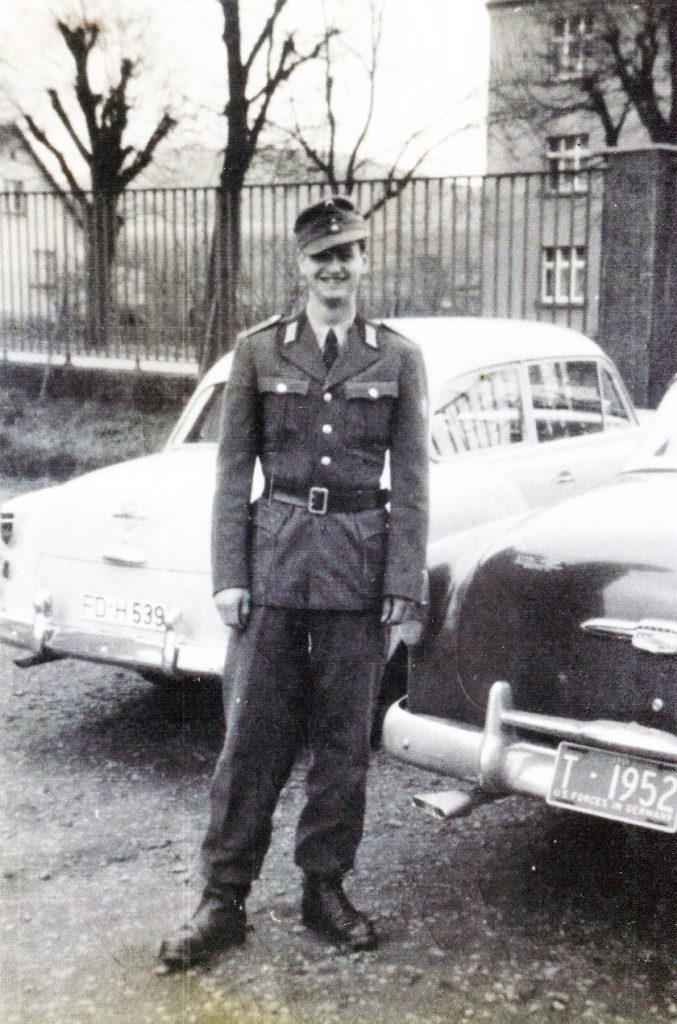
When on leave (“vacation”), I made some side trips to Frankfurt and Heidelberg where I knew a family who had relatives in my home town in Montclair, New Jersey. Otherwise, leave was spent in the Fulda area.
This pretty much sums up my experiences in and around Fulda. As the years have flown by, I have been fortunate to visit Fulda and other parts of Germany many times, developing many more experiences and friends.
William “Bill” Hamilton, Specialist Four, Ordnance Supply Specialist
15th Ordnance Company, 14th Armored Cavalry Regiment, 1959-1961
